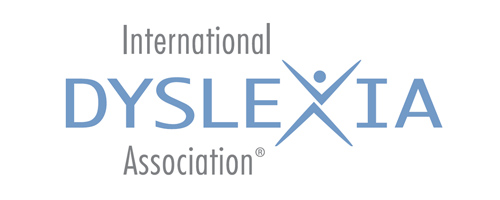Early Intervention
 Early intervention of reading difficulties is critical for students’ success. Although school districts often continue to wait until the end of second or third grade to refer students for reading intervention, research shows that students who struggle in first grade continue to struggle throughout their school years. Longitudinal studies of poor readers at the end of first grade found that, although their reading does improve throughout 5th grade, they never catch up to their grade level peers. Additionally, although reading remediation is effective in the later grades, it is more difficult, and requires more intensive interventions, and a longer intervention period. Additionally, the delay in reading success may lead to issues with self- esteem, as well as difficulties with content area learning. (Francis, Shaywitz, Stuebing, Shaywitz, and Fletcher, 1996; Juel, 1988, Torgeson and Burgess, 1998) Also see “Waiting Rarely Works: Late Bloomers Usually Just Wilt.”
Early intervention of reading difficulties is critical for students’ success. Although school districts often continue to wait until the end of second or third grade to refer students for reading intervention, research shows that students who struggle in first grade continue to struggle throughout their school years. Longitudinal studies of poor readers at the end of first grade found that, although their reading does improve throughout 5th grade, they never catch up to their grade level peers. Additionally, although reading remediation is effective in the later grades, it is more difficult, and requires more intensive interventions, and a longer intervention period. Additionally, the delay in reading success may lead to issues with self- esteem, as well as difficulties with content area learning. (Francis, Shaywitz, Stuebing, Shaywitz, and Fletcher, 1996; Juel, 1988, Torgeson and Burgess, 1998) Also see “Waiting Rarely Works: Late Bloomers Usually Just Wilt.”
Current legislation in NJ requires screening of students who show symptoms of dyslexia or reading struggles by the end of the first semester of 2nd grade. If you believe that your child may be dyslexic, insist that your child be screened by the school district, and ask to see the results of the screening. If your child is determined to be at risk, further testing may be warranted. At the least, a reading intervention that is direct, explicit, systematic, sequential and multi-sensory should be started immediately.
Please visit the IDA Fact Sheet on K-2 Universal Screening. This fact sheet focuses on the importance of early reading intervention in the primary grades.
Share this page with your friends…


